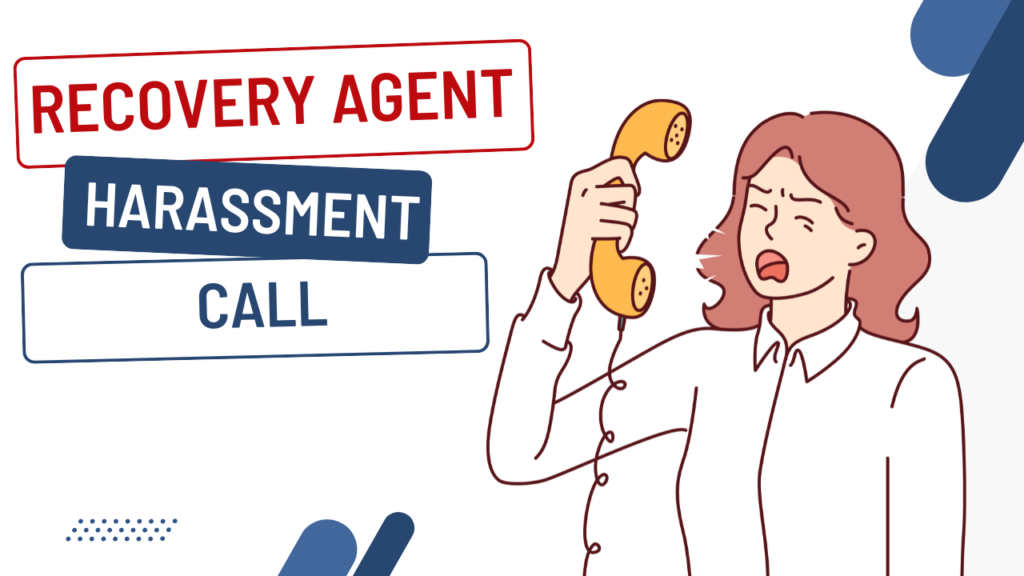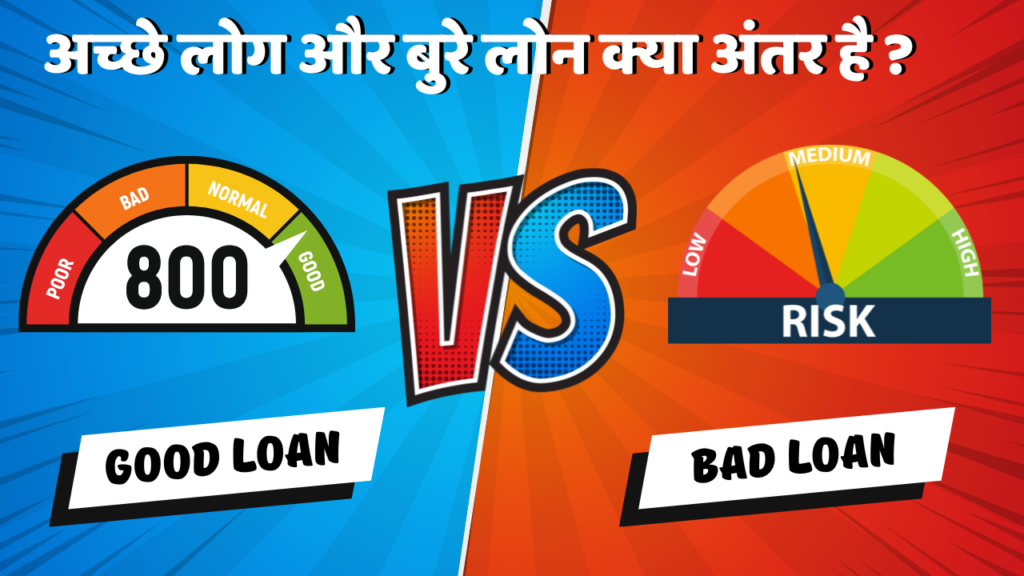Financial challenges, such as job loss, unexpected expenses, or reduced income, can make it hard to keep up with loan payments. settle Home Credit Personal loan, like other lenders, offers a loan settlement option, which allows borrowers to close a loan account by paying a reduced amount instead of the full outstanding balance. While loan settlement can provide immediate relief, it comes with potential drawbacks, particularly to your credit score. This guide explores the Home Credit loan settlement process in detail, offering insights to make an informed decision.
Understanding Loan Settlement and Its Impact
Loan settlement involves negotiating a reduced payment with your lender, where they accept a portion of the loan amount to consider it closed. This differs from a full loan repayment, as the “settled” status in your credit report indicates that the debt was not paid in full, which can affect your credit score and your ability to borrow in the future.
Key Points to Remember:
- Reduced Payment: You pay only a portion of what’s due.
- Credit Report Impact: Your loan is marked as “settled,” which lenders may view as a risk factor.
- Last Resort: Typically, settlement is considered only when other repayment methods are not viable.
Reasons to Settle a Home Credit Personal Loan
Common situations where settlement might be appropriate include:
- Severe Financial Hardship: Major events like job loss or medical emergencies might make regular EMI payments unfeasible.
- Reduced Debt Burden: Settlement can alleviate the stress of outstanding payments by converting them into a one-time reduced payment.
- Avoiding Collection Actions: Loan settlement can prevent the situation from escalating into collection agency involvement or legal proceedings.
Steps to Settle Your Home Credit Personal Loan
Step 1: Review Your Financial Situation
Start by assessing your financial capabilities and limitations:
- Determine What You Can Afford: Calculate a one-time payment amount you can realistically afford without compromising essential needs.
- Evaluate Your Financial Documents: Evidence of financial hardship (like recent bank statements, job termination letters, or medical bills) can support your case during negotiations.
- Identify Available Resources: If possible, set aside funds specifically for the settlement to avoid late payments or insufficient funds during the process.
Step 2: Contact Home Credit for Options
Initiate contact with Home Credit’s customer service to explore your settlement options:
- Explain Your Financial Constraints: Clearly communicate the reason you’re unable to continue with regular EMIs and are considering settlement.
- Inquire About Settlement Policies: Ask for details on the company’s settlement policies, such as the minimum accepted percentage of the outstanding balance, timeline, and documentation required.
- Prepare Documentation: Have documents ready if the company requests them to validate your claim.
Step 3: Negotiate the Settlement Amount
Once your case is considered, negotiation is key to reaching an agreeable settlement amount:
- Initial Offer: Start with an offer that is lower than your upper limit to give room for adjustments.
- Request Waivers: Ask for waivers on penalties, late fees, or additional interest charges. This can help reduce the overall settlement amount.
- Confirm Settlement Status: Ensure that the settlement will close the account fully without additional penalties or fees post-payment.
Step 4: Obtain a Settlement Agreement in Writing
A written settlement agreement is essential to protect both parties and prevent future issues:
- Verify Agreement Terms: Check that the agreed-upon amount, due date, and payment conditions are clearly specified.
- Status on Credit Report: Confirm with Home Credit that the loan will be marked as “settled” (or any other agreed term) on your credit report.
- Legal Compliance: Make sure both parties sign the document, which can prevent misunderstandings later.
Step 5: Complete the Settlement Payment
To finalise the settlement, complete the payment within the agreed timeframe:
- Adhere to Deadline: Missing the settlement deadline may void the agreement, so ensure funds are ready for transfer by the due date.
- Request a No-Dues Certificate: This document confirms that Home Credit considers your loan closed, absolving you of further liability.
- Verify Credit Report: After payment, check your credit report to confirm that it accurately reflects the settlement status, avoiding future complications.
Impact of Loan Settlement on Credit Score
Settling a loan with Home Credit will affect your credit score in several ways:
- Credit Score Drop: A loan settlement reduces your score as lenders consider it a partial default.
- “Settled” Status: This mark remains on your report, potentially deterring future lenders from approving new credit.
- Recovery Time: Settling a loan does not mean permanent damage. With consistent financial discipline and timely payments on other accounts, your score can recover over time.
Alternatives to Loan Settlement
If settlement seems unfavorable, consider these alternative options:
Loan Restructuring
Loan restructuring modifies the terms of your loan, such as lowering the interest rate, extending the term, or reducing EMI. This alternative retains the full loan repayment, avoiding a credit score impact.
EMI Reduction or Moratorium
Home Credit may offer temporary payment relief by reducing EMI amounts or allowing a payment pause for a few months. While this option increases interest, it’s often preferable to settle for protecting your credit score.
Loan Transfer
Transferring your Home Credit loan to another lender with lower interest rates or better terms can help you maintain the loan without needing settlement. This option may make repayment manageable without credit score consequences.
Conclusion
settle Home Credit Personal loan with Home Credit can offer financial relief in the short term but requires careful consideration of its impact on your credit profile. Ensure you explore all alternatives before proceeding with a settlement. If you choose a settlement, follow each step meticulously: analyse your finances, negotiate effectively, secure a written agreement, and complete the payment on time.
Remember, settlement is just one solution. Alternatives like loan restructuring or EMI reduction may be less damaging to your credit score. Whatever path you choose, make sure it aligns with your financial goals and capacity, ensuring a smoother recovery toward financial stability.
Frequently Asked Questions (FAQ’s)
Ans: Typically, lenders consider settlements between 50-75% of the outstanding balance, depending on financial circumstances and negotiation results.
Ans: Yes, Home Credit may request supporting documentation (such as bank statements or job termination letters) to assess your case.
Ans: Usually, credit reports update within 30-45 days post-settlement. Check your report after this period to verify the status.
Ans: Yes, loan settlements often reduce credit scores and may impact future loan or credit approvals, as lenders view settled accounts as high-risk.
Ans: Absolutely: By maintaining good financial habits—such as timely payments on other accounts and avoiding defaults—you can gradually rebuild your credit score.













